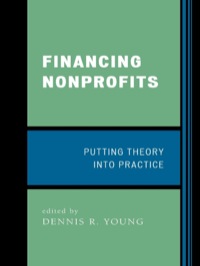Question
Timco airlines is a large airplane maker. It recently built the T123. It can carry 500 passengers on two levels. Initial project investments were $13B.
Timco airlines is a large airplane maker. It recently built the T123. It can carry 500 passengers on two levels. Initial project investments were $13B. Assume that the initial investment was paid on Dec 31, 2010. Assume that Timco will produce 60 aircraft per year for five years. Each aircraft will be sold for $230M and total operating costs are 75% of revenues. Assume that revenues and costs occur at year-end with the first revenues (and costs) occurring on Dec 31, 2011. What is the NPV of the project if Timcos cost of capital is 11%? Calculate the NPV as of Dec 31, 2010. Ignore taxes and assume that there are no terminal year cash flows. Show your work, as appropriate and clearly state your answer 5. What is the payback period for the Timco investment outlined in #4? What does the payback period calculation mean? In other words, interpret your answer. 6. What is the Profitability Index as of Dec 31, 2010 for the Timco investment outlined in #4? 7. Timcos CFO wants you to provide a recommendation but based on only one of the three sets of analysis above (either NPV, Payback or Profitability Index). Which method do you choose? Why? 8. It is Jan 1, 2016 and Timco completed the project referenced in questions 4 and 5 above. The project went well. The company is now planning to make a special add-on investment that will enhance the usefulness of the new plane. The changes will cost $3 million in total, with the expenditure occurring at the end of the year three years from today. The changes will bring year-end after-tax cash inflows of $2 million at the end of the two succeeding years. It will then cost $.5 million to dispose of specialized waste generated by the project at the end of the 3rd year of operation. (a) What is the project's IRR? (b) If the Timco requires a minimum return of 10%, should this project be accepted? Why? What if the minimum return was 15%? 9. Timco is now considering two independent projects utilizing the internal rate of return technique. Project A has an initial investment of $80,000 and cash inflows at the end of each of the next five years of $25,000. Project B has an initial investment of $120,000 and cash inflows at the end of each of the next four years of $40,000. (a) Which projects should be accepted if the cost of capital is 15%? (b) Which projects should be accepted if the cost of capital is 10% 10. Timcos CEO attended a conference and heard about the modified IRR. He decides that this is what the company should use to analyze projects. The project he wants analyzed has a cost of $1,000 at Time = 0 and inflows of $300 at the end of Years 1-5. The new cost of capital is 10%. What is the project's modified IRR (MIRR)? Need to answer only questions 8,9, and 10.
Step by Step Solution
There are 3 Steps involved in it
Step: 1

Get Instant Access to Expert-Tailored Solutions
See step-by-step solutions with expert insights and AI powered tools for academic success
Step: 2

Step: 3

Ace Your Homework with AI
Get the answers you need in no time with our AI-driven, step-by-step assistance
Get Started


